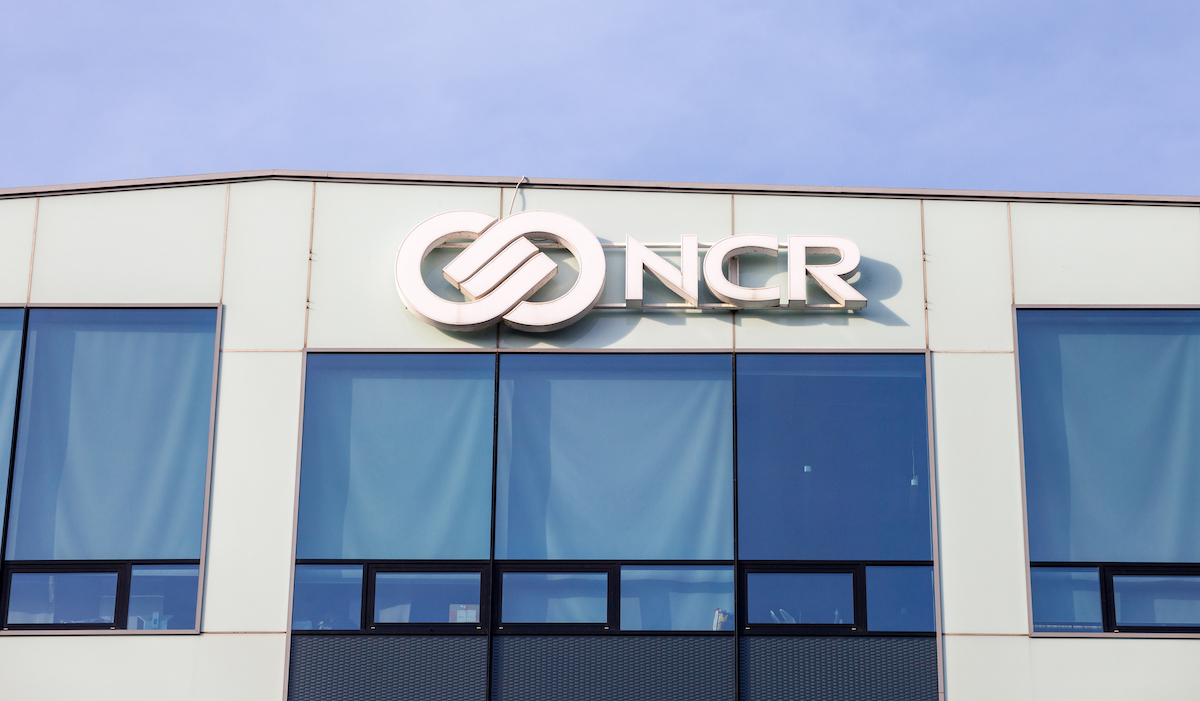NCR Spinoff Eyes Acquisitions, Recurring Revenues to Bolster ATM-as-a-Service Growth

NCR’s restructuring will seek to capitalize on Software-as-a-Service and recurring revenues as ATMs undergo a digital transformation.
NCR filed its Form 10 registration statement Monday (June 26) with the Securities and Exchange Commission (SEC) for the planned spinoff. Upon completion, with a fourth-quarter 2023 timeframe, NCR will exist as two independent, publicly traded companies. One company will focus on digital commerce and the other on ATMs.
The focus of the ATM company, as defined in the filing, will be to “hold our ATM-focused businesses, including the Self-Service Banking, Payments and Network and Telecommunications and Technology businesses, and will be a cash-generative business positioned to focus on delivering ATM-as-a-Service to a large, installed customer base across banks and retailers.”
NCR’s total addressable market is approximately $25 billion. Drilling down into that tally, the global market for ATM hardware, software and services stands at about $10 billion; the market for ATM network transactions, such as withdrawals and deposits, represents a $15 billion revenue opportunity, the company noted.
And in a nod to corporate strategy, NCR said in the filing that it intends to “complement and accelerate our organic growth strategies through acquisitions.”
The ATM — and the Allpoint — Footprint
NCR’s ATM footprint spans 85,000 locations (the majority of which are part of the Allpoint network), and the company manages/services 700,000 units, NCR said in the filing. The revenue contribution of the ATM business stands at about $4.1 billion as measured in 2022, of which two-thirds, or $2.7 billion, stemmed from recurring revenues. Recurring revenues grew by 28% year on year.
Eighty percent of the U.S. population lives “within five miles of an Allpoint ATM,” NCR said in the filing, adding: “The network footprint allows even the smallest participating financial institutions to offer consumers a self-service banking experience typically afforded only to customers of the largest money-center banks.”
In describing the ATM-as-a-Service initiatives, NCR said outsourced ATM management helps its clients accelerate branch transformation and optimization strategies. That includes back office, operations, software management, transaction processing, security and compliance, and cash and cash-in-transit management.
“Prior to ATM-as-a-Service, financial institutions would need to manage these operations in-house or with disparate providers, creating additional costs and reducing flexibility,” NCR said in the filing.
The ATM industry is in the midst of seismic change.
“There’s still demand for ATMs even as their numbers are declining,” PYMNTS reported in March, noting the rise of remote videoconferencing capabilities so that customers can interact with tellers.
There’s some upside potential described in the filing for a slew of activities conducted in a physical setting.
“[W]e believe the ATM market may expand if more types of transactions are conducted at ATMs, including the purchase of bitcoin, legal sports gaming accounts, bill payments and new account openings, potentially, we believe, providing a nearly $2 billion new revenue opportunity over time,” NCR said in the filing.
